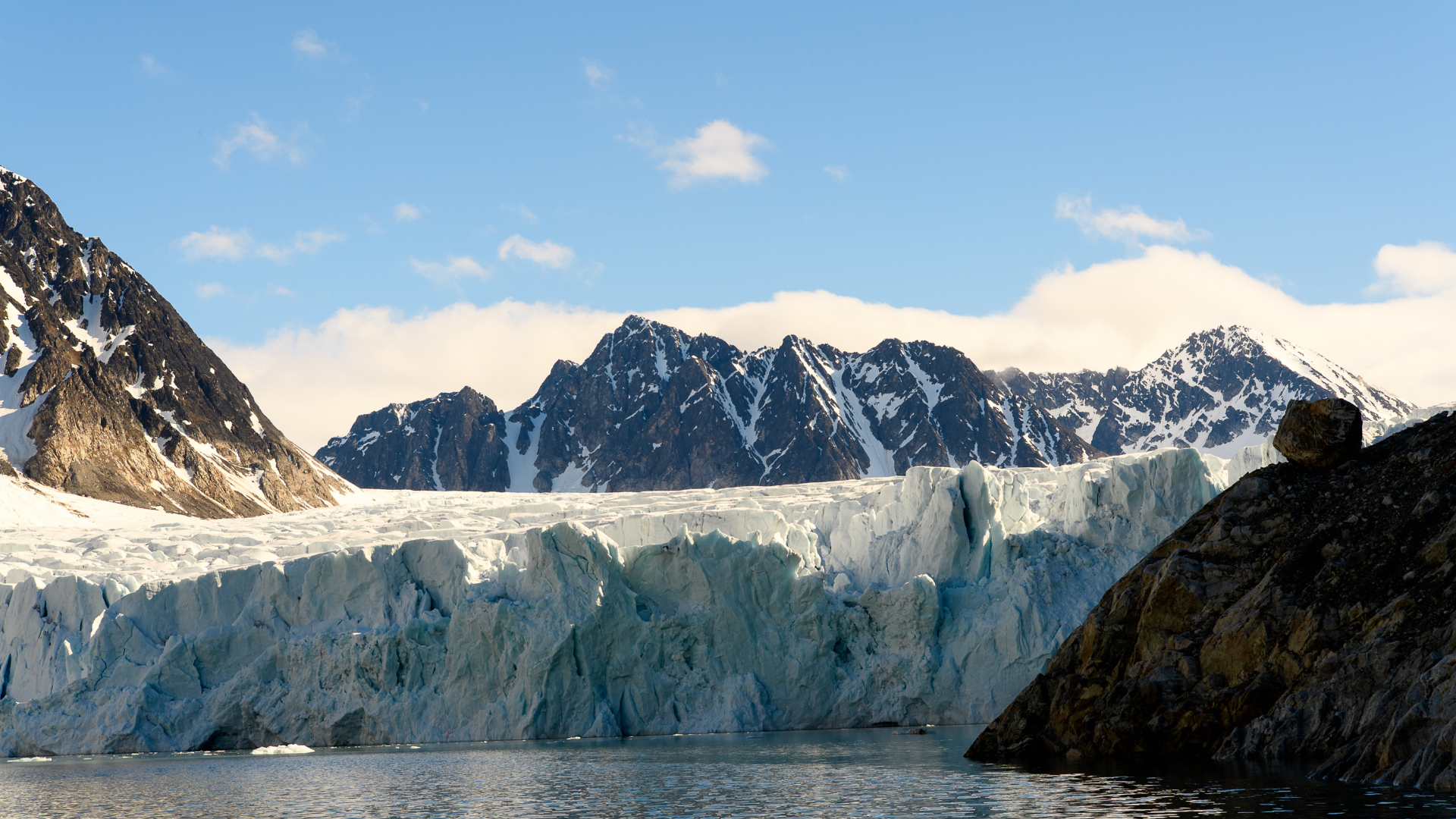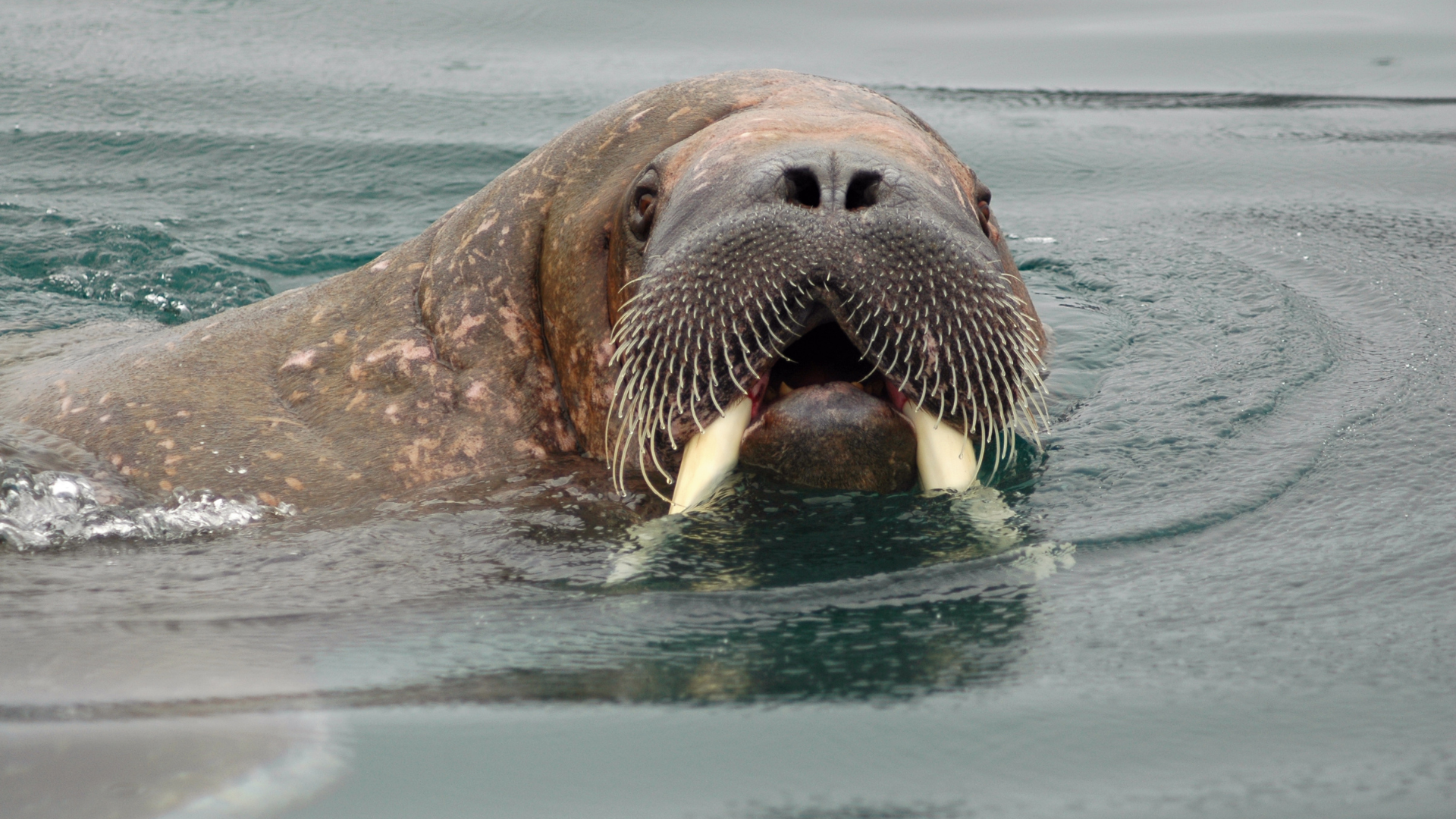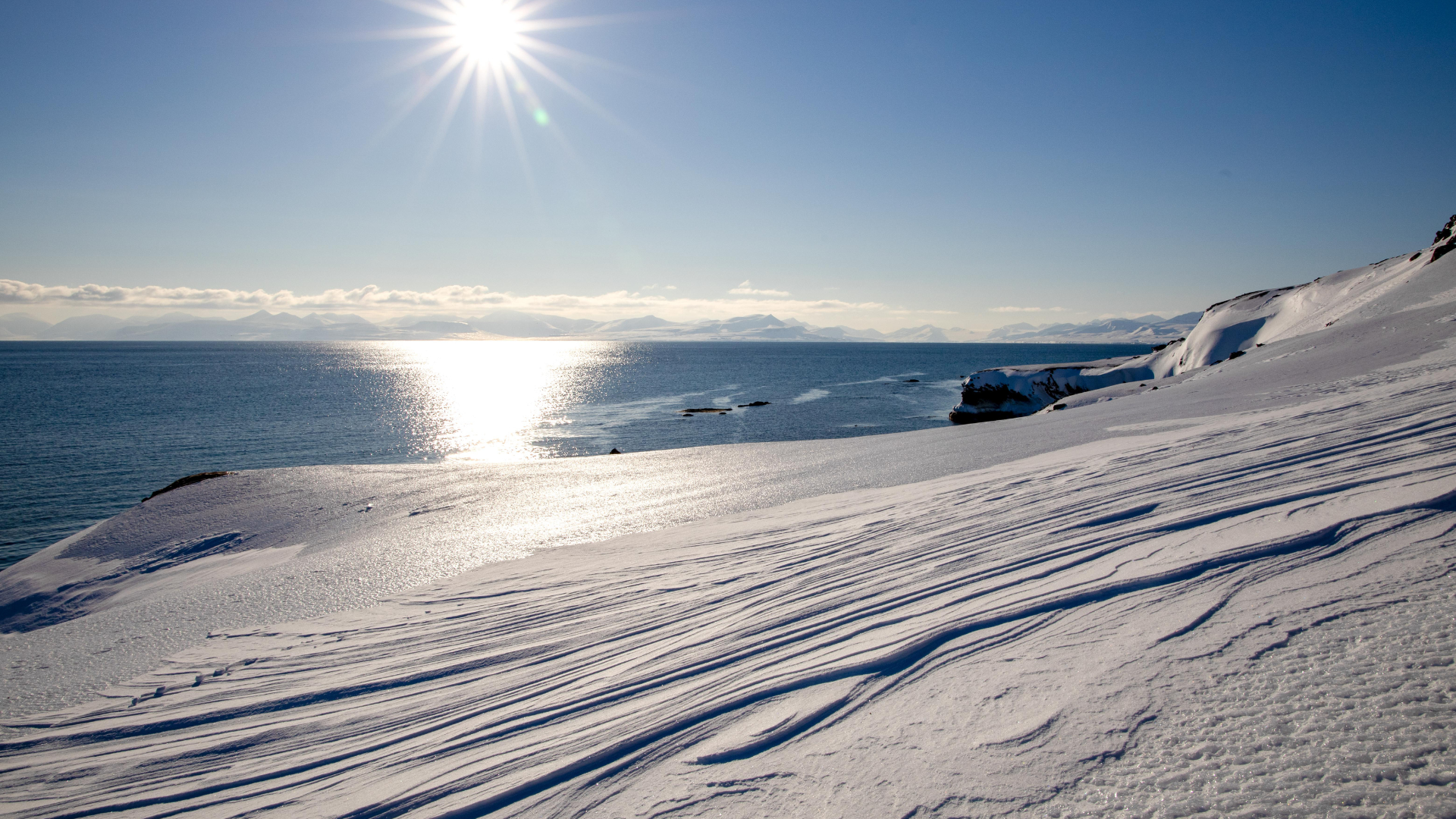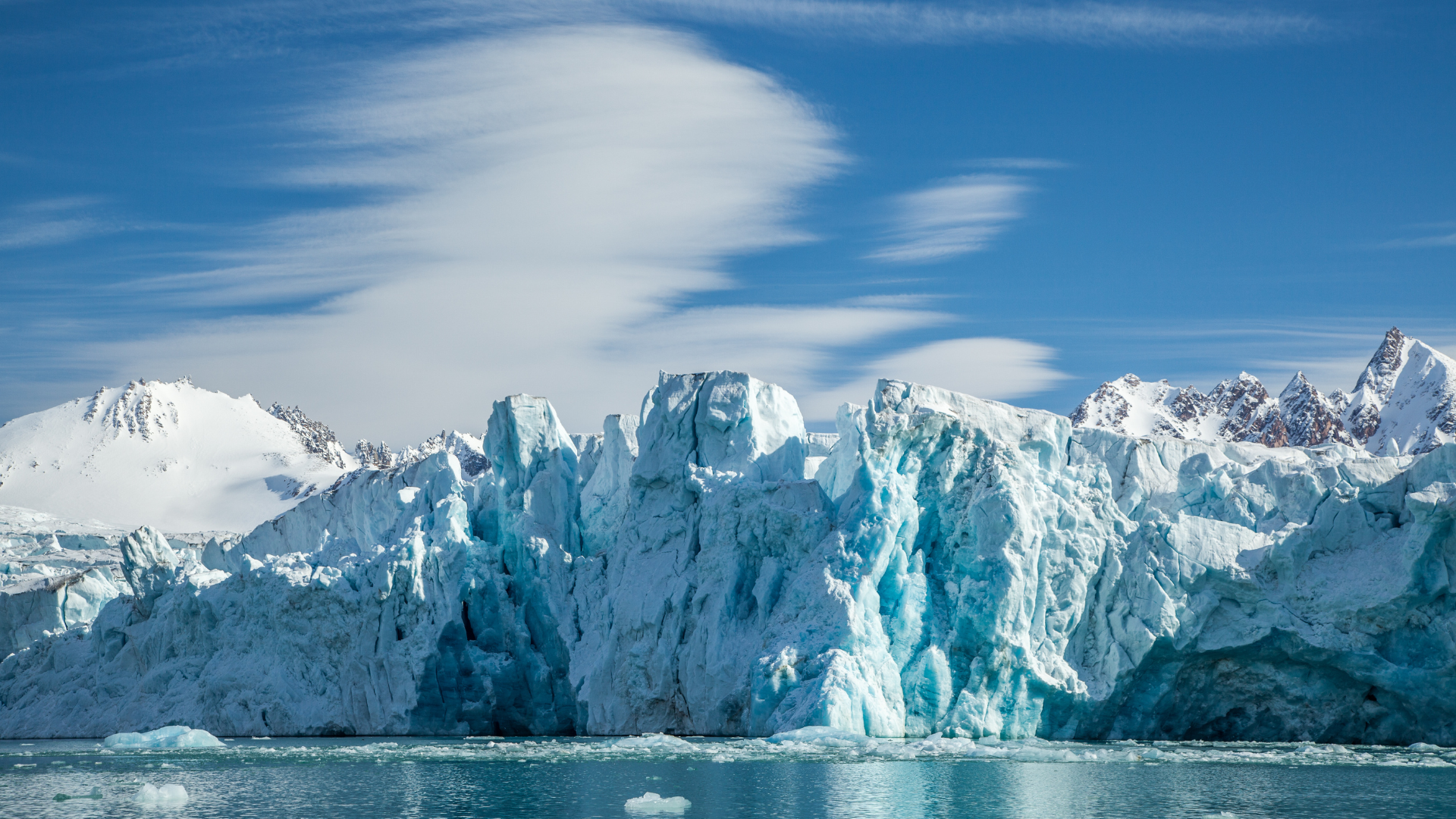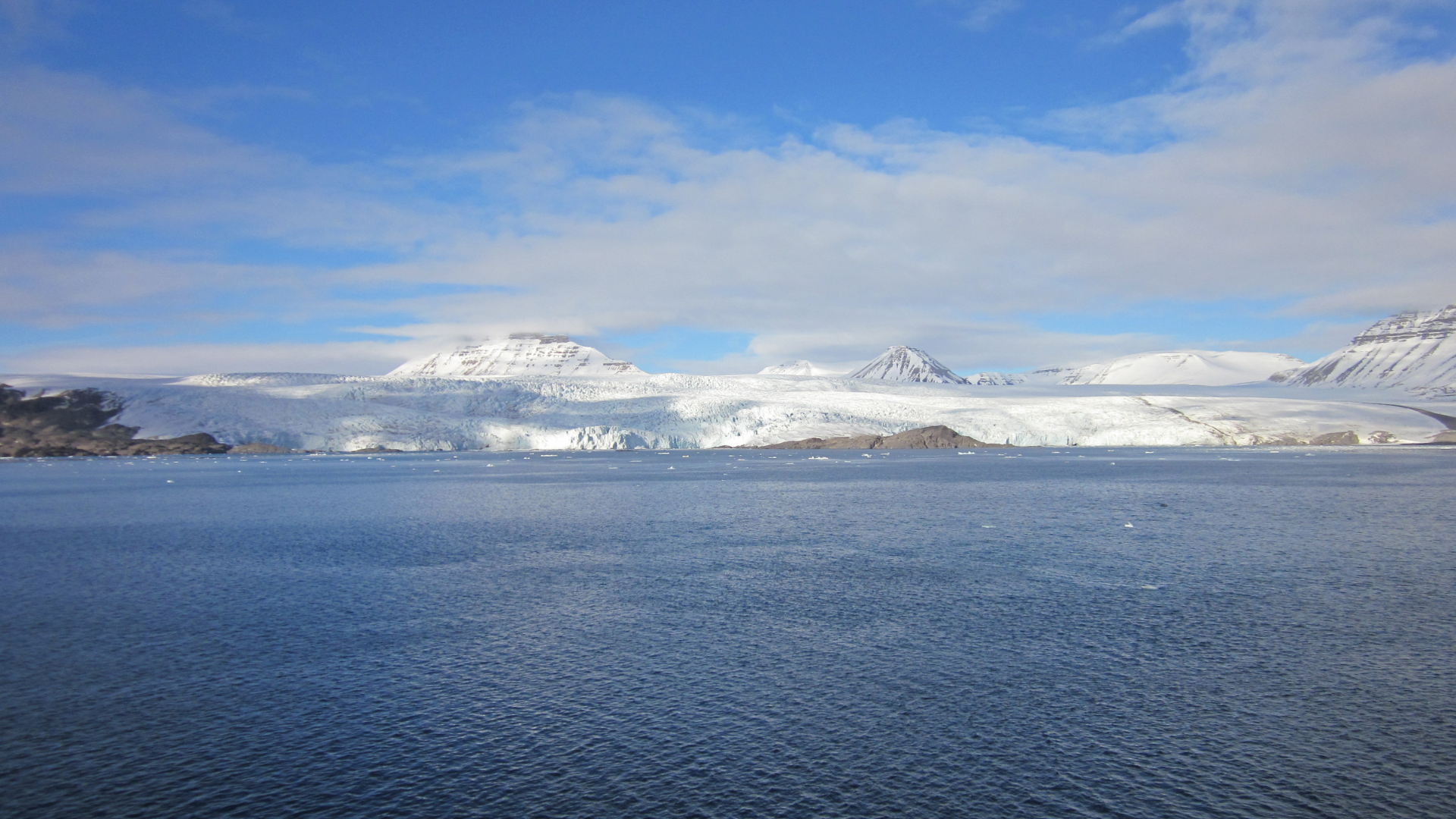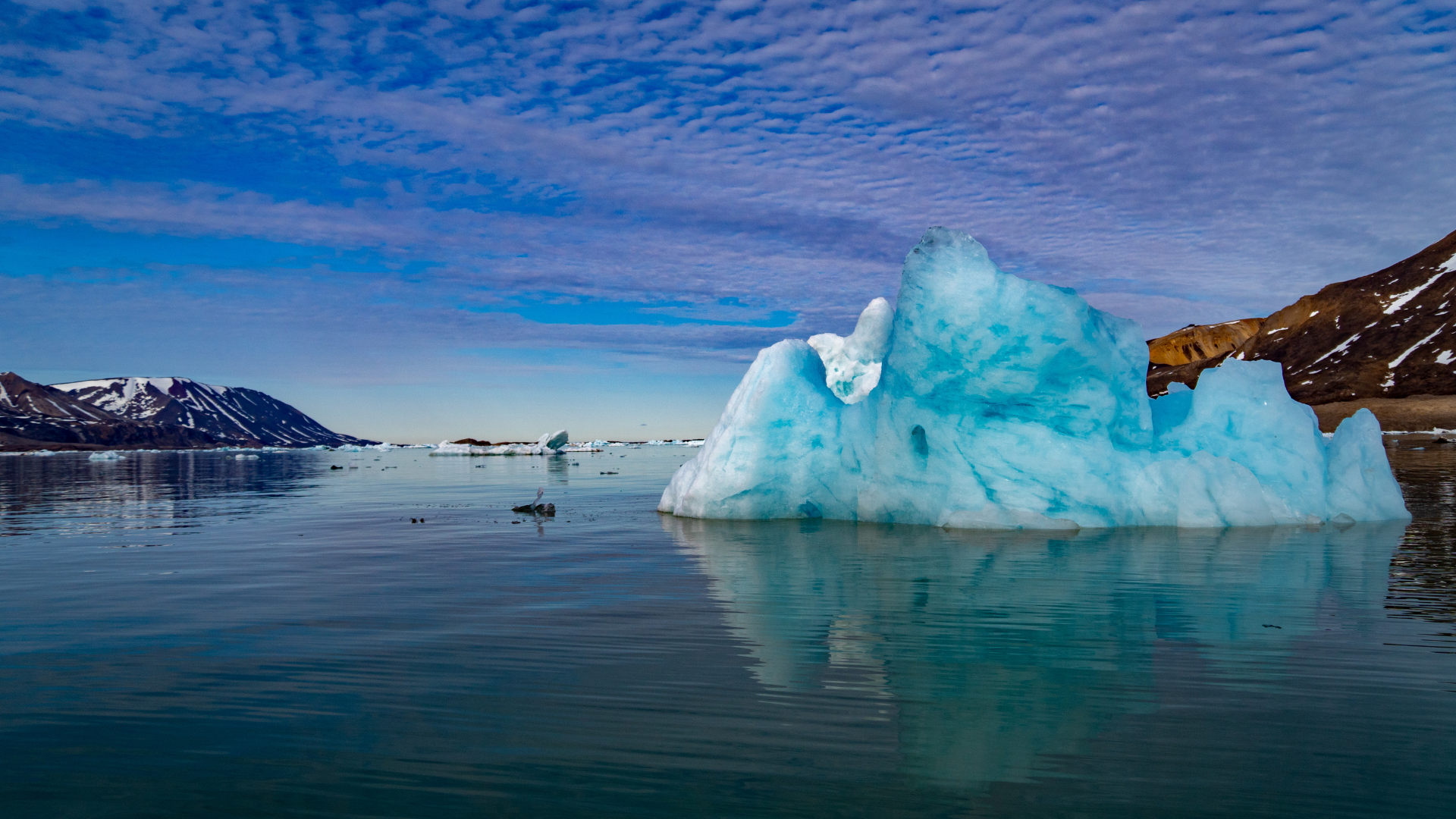It's Time To Explore Places That No One Has Been To
Spitsbergen Nature in January
Spitsbergen Nature in January
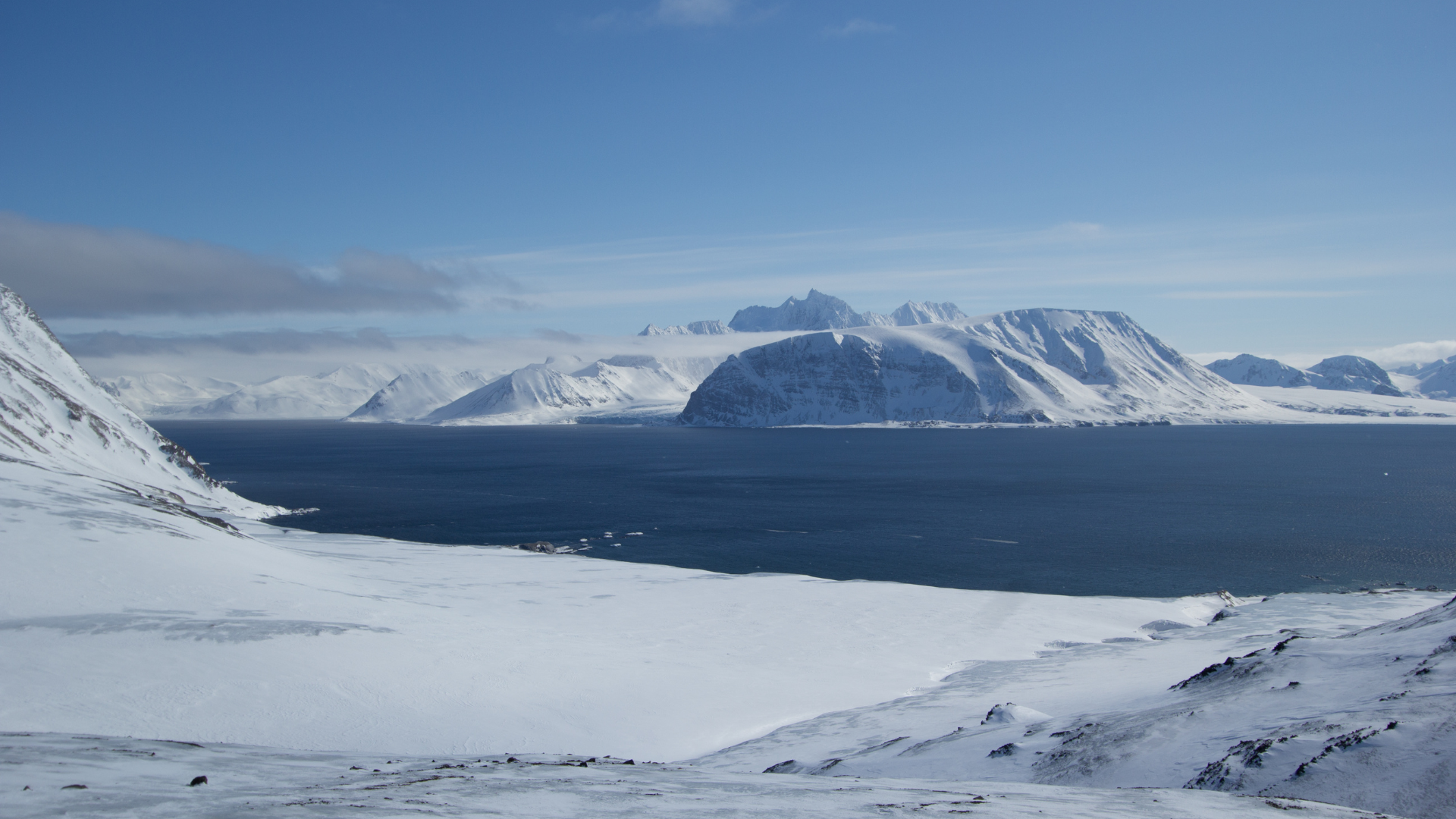
January marks the peak of winter in Spitsbergen, a time when the Arctic island is enveloped in complete darkness as it enters the depths of the polar night. With no daylight for weeks, the landscape becomes a mysterious and hauntingly beautiful wilderness. The ice and snow blanket everything, creating a stark but stunning contrast against the inky black sky. Despite the harsh conditions, life on Spitsbergen continues, and the nature of this unique island continues to fascinate those who brave the cold to visit.
During January, the wildlife in Spitsbergen adapts to the long, dark days. The polar bear, which is the most iconic creature of the Arctic, remains active despite the challenging environment. As the sea ice starts to thicken, polar bears congregate along the coastlines, hunting for seals. The ice forms cracks and openings that provide the bears with opportunities to hunt seals, especially ringed and bearded seals. The cold temperatures do not deter these magnificent predators; rather, they are perfectly suited for the Arctic environment, with their thick white fur and layers of fat providing insulation against the extreme cold. Spotting a polar bear in January is an unforgettable experience, as they traverse the icy landscape in search of food.
Other wildlife species are also active during this time, albeit in quieter and more subtle ways. The Arctic fox, a resilient predator of the cold, is often seen traversing the snow-covered tundra. It has a thick, insulating fur coat that turns white in winter, allowing it to blend seamlessly with its surroundings. The Arctic fox is an opportunistic hunter, preying on smaller mammals, birds, and scavenging from other predators. While it might be harder to spot due to the long nights, the fox remains a crucial part of the Arctic ecosystem during January.
Svalbard reindeer are another species that continue to thrive in Spitsbergen during January. These reindeer have evolved to survive the harsh conditions of the Arctic. Their dense, thick coats protect them from the cold, and their large hooves are adapted for walking across deep snow. In the dead of winter, the reindeer are typically found in lower altitudes, where the snow is less deep and where they forage for lichens, moss, and other vegetation that can survive the extreme conditions.
The lack of sunlight in January might make it feel as though nature has gone into hibernation, but in reality, the Arctic environment is alive in its own way. The landscape, covered in snow and ice, is a playground for those looking to explore the wild side of the Arctic. The stillness and silence of the polar night add an almost otherworldly quality to the nature of Spitsbergen. The absence of human activity makes it a rare opportunity to connect deeply with the island's untouched wilderness.
In addition to the land-based wildlife, the surrounding waters of Spitsbergen are home to numerous marine creatures. While many of the sea mammals migrate during the winter, there are still opportunities to see seals in their natural habitat. The ringed seal, with its excellent swimming abilities and thick blubber, is particularly well-suited for the icy waters around Spitsbergen. Seals are often seen lounging on the ice, taking advantage of the limited daylight to rest. Observing them in their winter habitat offers a glimpse into the resilience of Arctic marine life.
January in Spitsbergen is also an ideal time for those interested in the night sky. The polar night offers a chance to witness the Aurora Borealis, as the northern lights paint the sky with vibrant colors of green, purple, and red. The long hours of darkness are perfect for watching the celestial show, with little light pollution to obscure the view. For many, seeing the Northern Lights is one of the most unforgettable aspects of visiting the Arctic, and Spitsbergen provides some of the best viewing opportunities.
Overall, January in Spitsbergen is a time of extreme beauty and tranquility. The island’s wild nature is magnified by the harsh conditions and the long polar night. For those who venture here, the rewards are significant: the chance to see polar bears, reindeer, and Arctic foxes in their natural environment, as well as the opportunity to witness the incredible display of the Northern Lights. Spitsbergen's nature in January is both peaceful and awe-inspiring, offering an experience that few other places on Earth can provide.
Want to travel to Svalbard?
It’s easy, just leave your details here and we will contact you
Sign up to our newsletter
We will get back to you as soon as possible
Please try again later
